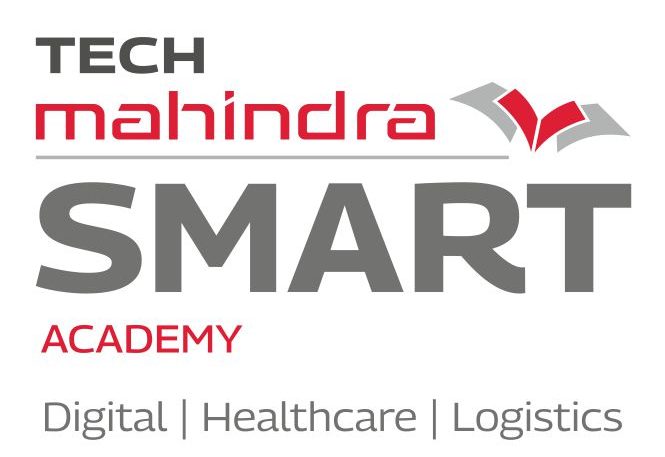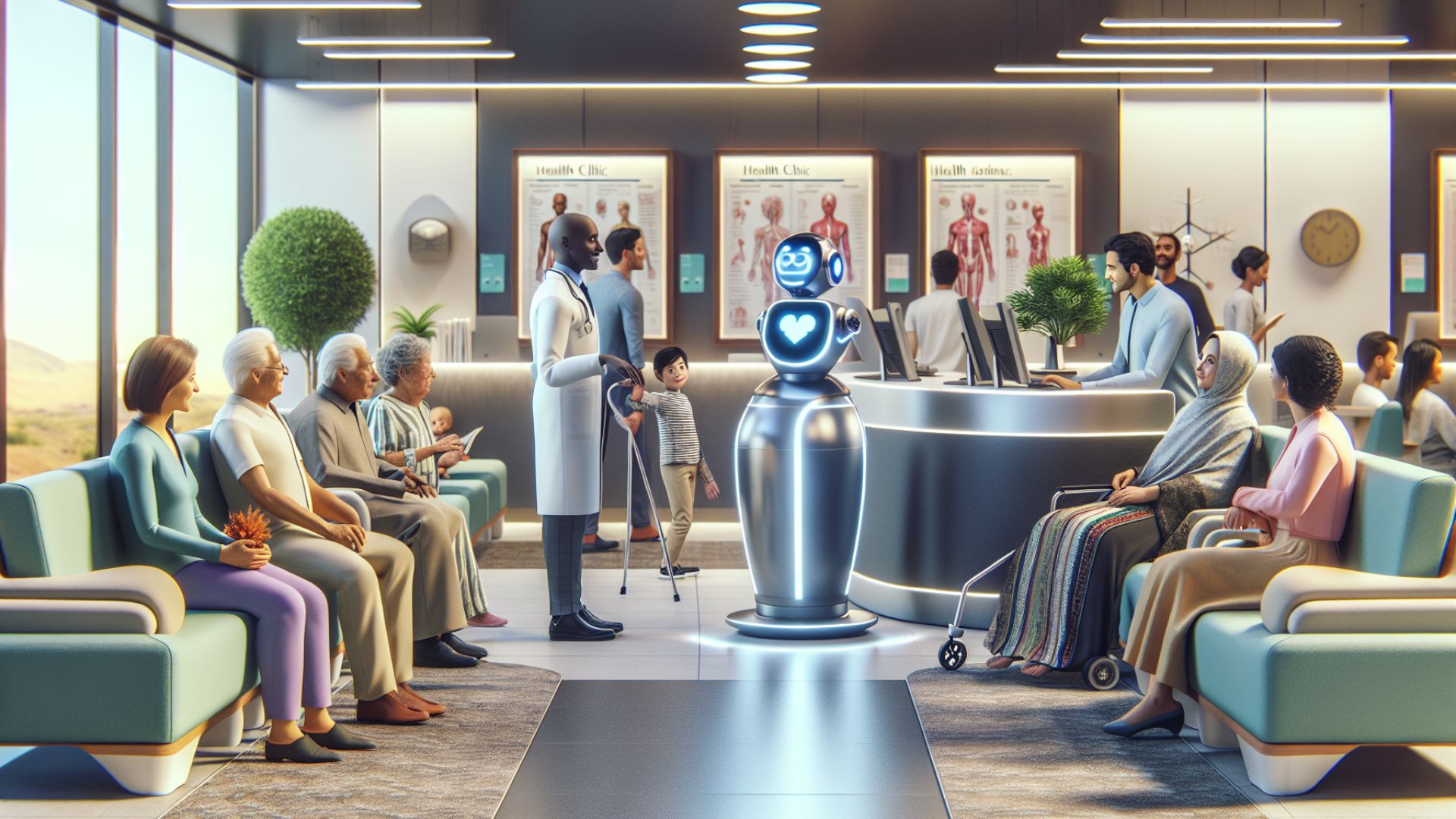Table of Contents
ToggleIn today’s fast-changing world of technology, especially with Artificial Intelligence (AI) making its way into hospitals, one big question pops up:
Do we still need front office staff and billing professionals in hospitals?
Let’s break it down.
Who Are We Talking About?
We’re talking about the friendly faces and the hard workers at the front desk and billing department. These are the people who:
- Welcome you to the hospital
- Help with registration and appointments
- Verify your insurance
- Handle billing and claims
- Making bed available for transfer from ICU/OT to wards
- Solve your doubts and listen to complaints
They’re the first people you meet when you walk in, and often the last when you leave. And, unfortunately, the ones who frequently face the brunt of people’s frustrations—be it from patients, attendants, or even internal departments. Despite this, they are expected to remain calm, composed, and professional always, making their role both challenging and crucial in maintaining the organization’s image.
What’s Changing?
With AI and automation tools, many hospital tasks are now being done by machines. For example:
- Chatbots efficiently manage appointment scheduling and respond to frequently asked patient queries, ensuring round-the-clock assistance.
- Document scanners equipped with Optical Character Recognition (OCR) technology can seamlessly read and extract data from insurance documents, reducing manual entry errors.
- AI-powered coding systems analyze medical records and accurately assign relevant treatment and procedure codes, improving the accuracy and speed of the medical coding process.
- Automated billing software streamlines the generation of patient bills with minimal manual intervention, enhancing operational efficiency.
- Self-service kiosks enable patients to perform check-ins independently, significantly reducing queue times and improving patient flow.
- Virtual hospital tours provide interactive, digital walkthroughs of hospital infrastructure and services, allowing patients to familiarize themselves with the facility from the comfort of their homes.
Hospitals are now using smart machines to do routine tasks more quickly and accurately.
When Did This Start?
This shift has been building up over the past 10 years, but it really picked up speed during the COVID-19 pandemic. Hospitals needed contactless solutions, like online payments and video consultations, and here is where AI stepped in to help.
Where Is It Happening?
The change is most visible in:
- Big city hospitals
- Corporate hospital chains
- Digital-first health startups
In India, too, many hospitals are adopting AI tools. But in smaller towns and rural areas, manual work still runs the show due to limited resources.
Why Is Everyone Talking About It?
AI brings big benefits:
- Fewer mistakes
- 24/7 availability
- Faster service
- Lower costs
So naturally, hospitals are interested.
But here’s the catch—can machines replace human touch, understanding, and compassion? Not really.
Despite its many advantages, technology—no matter how advanced—cannot replicate the core human qualities of empathy, sound judgment, and adaptability.
How Can Humans and AI Work Together?
AI is here to help, not take over. It takes care of routine and repetitive tasks, allowing healthcare professionals to focus more on patient care. Some of the jobs AI can assist with include:
- Checking insurance details and verifying coverage
- Sending reminders for appointments, medications, or follow-ups
- Filling out routine forms to save time for both staff and patients
- Entering patient demographic data into hospital systems
- Registering patients at the front desk or through self-service options
- Auditing bills during the discharge process for accuracy
- Entering charges and medical coding for treatments and procedures
By handling these tasks, AI helps make hospitals more efficient while professionals stay focused on what they do best, caring for people.
But humans are still needed for:
- Solving tricky problems
- Calm worried patients and their relatives and giving them emotional support
- Dealing with unique insurance claims/issues
- Creating a friendly experience
- Handling exceptions and escalations
- Offering emotional support and guidance to patients
- Building patient trust and satisfaction
To stay relevant, front office and billing staff need to learn new skills—both digital and soft skills. It’s all about growing with the times.
So, Do We Still Need Them?
Yes, just in a smarter, updated role.
Hospitals need people who can work with technology, not compete against it. Machines can’t replace human kindness, understanding, or decision-making.
Instead of fearing change, the front office and billing staff should see it as an opportunity. With the right training and attitude, they will continue to play a vital role in the hospital of the future. Front office executive and medical billing students must take the right training relevant to their course.
At Tech Mahindra Foundation (TMF), we believe that good healthcare needs both modern technology and the human touch. That’s why we have designed the Hospital Front Office and Medical Billing Executive (HFOBE) course to ensure students not only gain technical expertise in billing, coding, and digital hospital systems but also develop strong communication, empathy, and customer-handling skills.
We integrate modules on AI and digital transformation into our syllabus so that our students are prepared for the hospitals of tomorrow. Alongside HFOBE, we also offer a wide range of paramedical courses that blend technology with compassion.
By training students in both hard and soft skills, TMF makes sure they are job-ready today and future-ready tomorrow.


